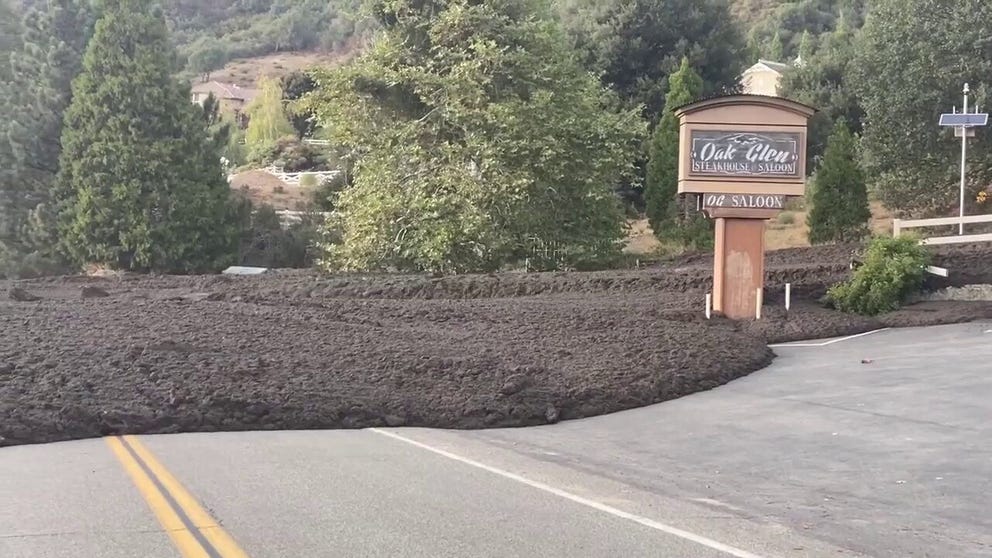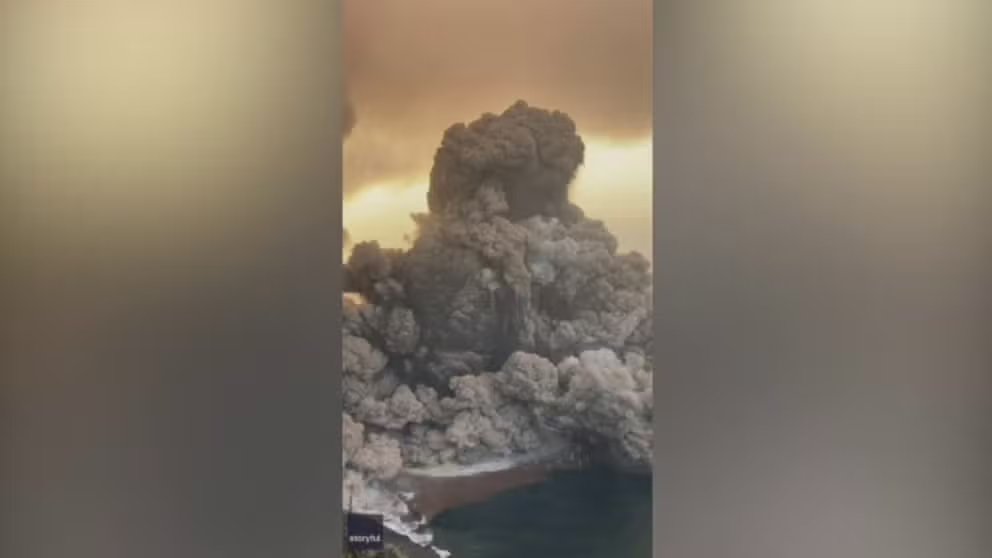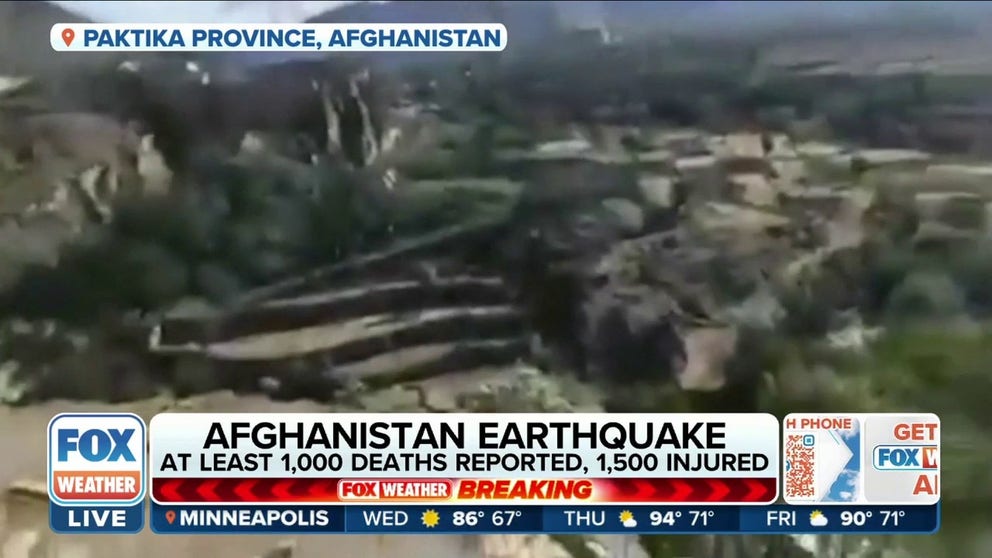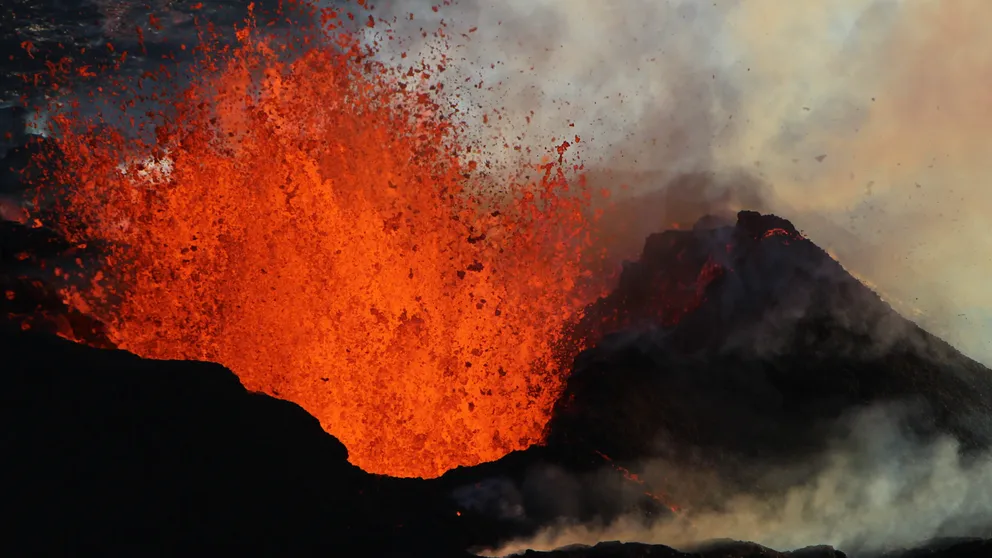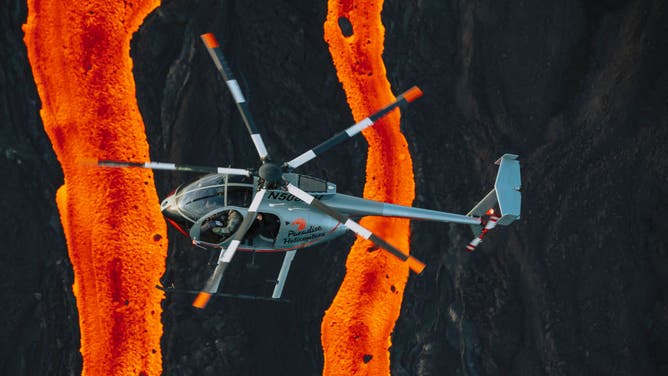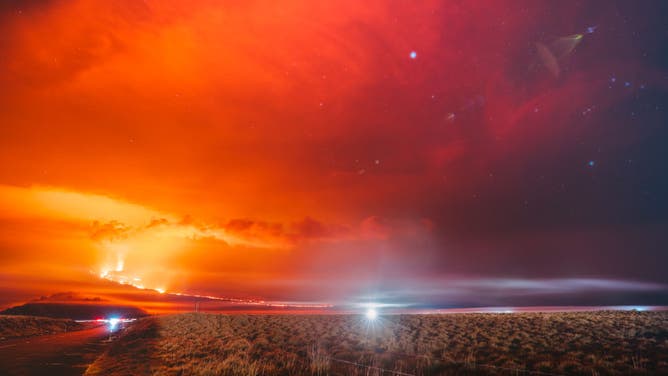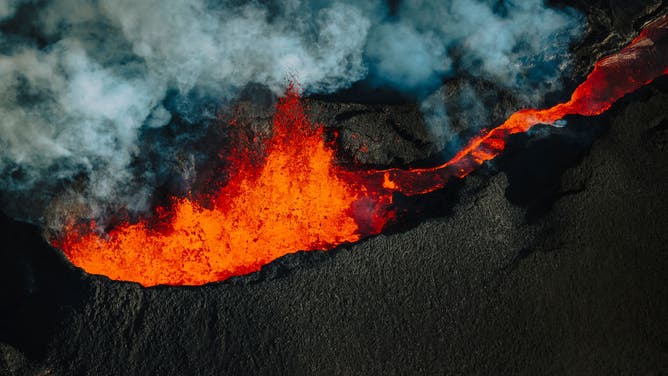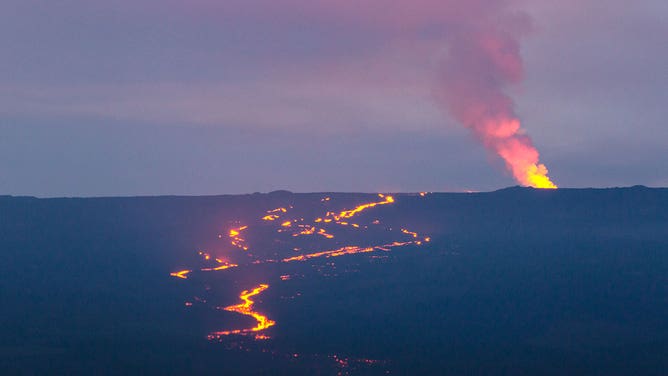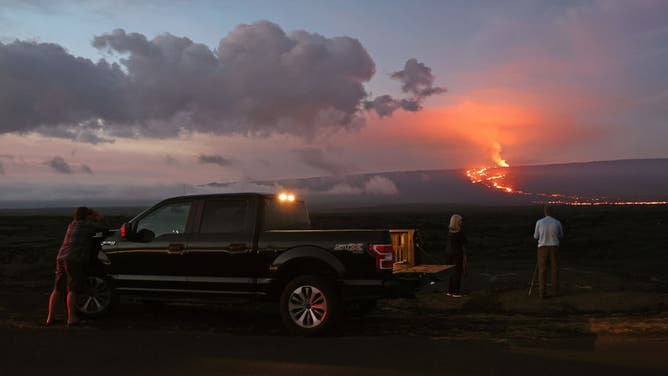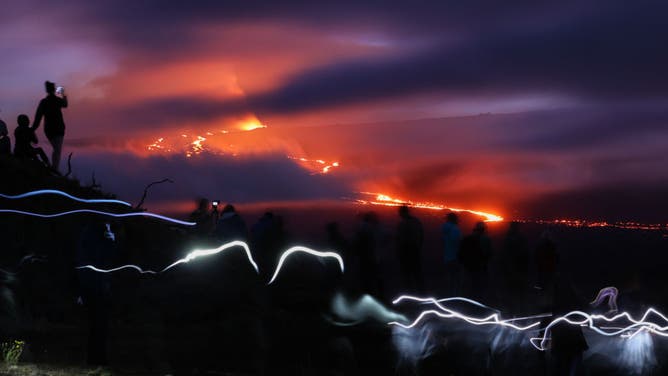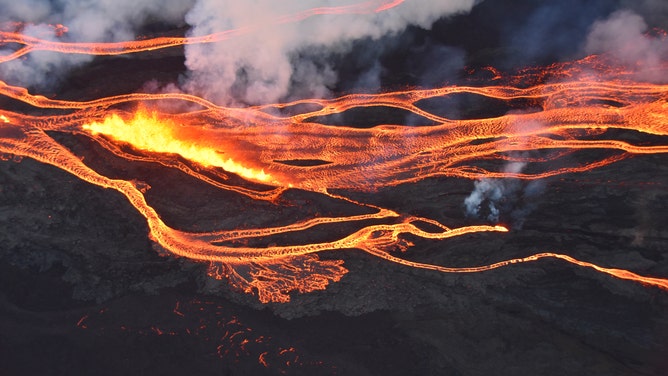Mean Mother Nature: Top 5 extreme forces of nature in 2022
From the historic Mauna Loa volcano eruption to a deadly earthquake in Indonesia, 2022 saw some of the most extreme forces of nature.
Deadly earthquake rattles Afghanistan
At least 1,000 dead, and 1,500 injured after magnitude 5.9 earthquake rattles Afghanistan.
Some forces of nature can't be predicted in daily weather forecasts but come swiftly and without mercy.
In 2022, volcanic eruptions, earthquakes, tsunamis and dangerous mudslides were among the top five most extreme forces of nature on Earth.
HOW TO WATCH FOX WEATHER ON TV
While some of these extreme natural disasters occurred without injuring a single person, such as the Mauna Loa Volcano in Hawaii, other places were not spared.
Take a look at some extreme examples of Mother Nature's fury.
Tonga volcano eruption and tsunami
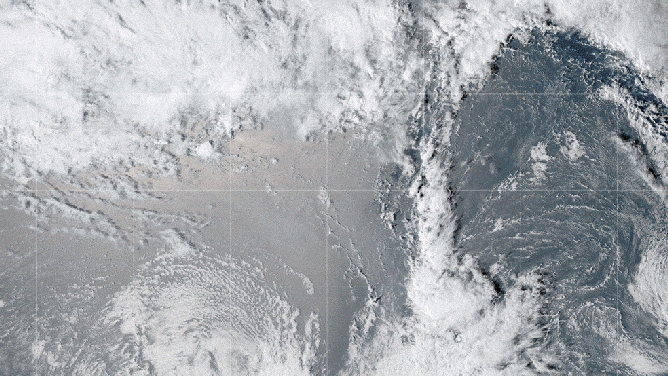
The GOES-17 satellite captured images of an umbrella cloud generated by the underwater eruption of the Hunga Tonga-Hunga Ha’apai volcano on Jan. 15, 2022. Crescent-shaped bow shock waves and numerous lighting strikes are also visible.
(NASA Earth Observatory image by Joshua Stevens using GOES imagery courtesy of NOAA and NESDIS)
At the start of 2022, Mother Nature was busy throwing curveballs at humanity.
In January, when the underwater volcano erupted near Tonga, it sent literal shockwaves around the planet.
The blast prompted tsunami warnings across the West Coast and Alaska, where increased wave heights were reported.
WHAT MAKES ‘PELE’S HAIR' DURING A VOLCANIC ERUPTION?
The tsunami created by the eruption caused damage in Hawaii and led to flooding in the Pacific states.
California mudslide overtakes highways
Debris flow off burn scar in Southern California
Video captures a debris flow off a burn scar in Oak Glen, California on Monday. (Credit: @RogerSeheult/Twitter)
Heavy rainfall along burn scars in September caused mudslides and debris flows to barrel down Southern California hillsides, overtaking highways and destroying at least one business.
During the first landslide in Los Angeles County, drivers were trapped when the mudslide moved onto Pine Canyon Road.
7 THINGS TO KNOW ABOUT MUDSLIDES
Los Angeles County Fire Department officials said they rescued approximately 50 people who were taken to a nearby county fire station to meet with the American Red Cross. Only one person was injured during the incident.
Then a day later, another debris flow triggered by heavy rains swept through Oak Glen, California.
According to Oak Glen Steakhouse and Saloon owner Brandon Gallegos, the mudslide brought "monstrous trees" and "rocks the size of boulders" barreling into his restaurant.
Wild activity from Italy's Stromboli volcano
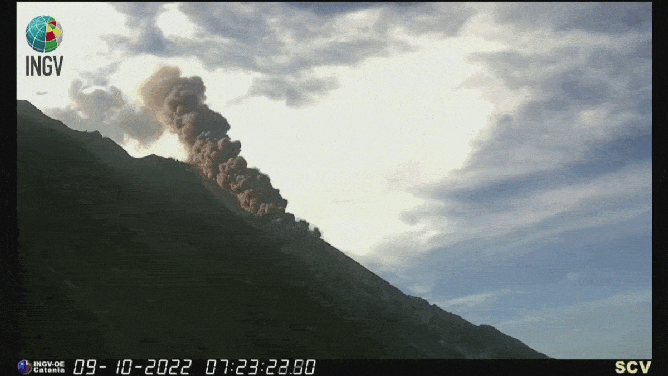
A volcano on the Italian island of Stromboli erupted over the weekend sending a plume of smoke and ash thousands of feet into the air and causing a pyroclastic flow that reached the Tyrrhenian Sea.
(Reuters)
Mount Stromboli has been in a continuous eruptive state since 1934, according to the Smithsonian Global Volcanism Program.
In October, the volcano on the Italian island of Stromboli erupted, sending plumes of smoke and ash thousands of feet into the air and a pyroclastic flow and lava rushing down the side of the mountain into the Tyrrhenian Sea.
Flashes of volcanic lightning seen as Stromboli Volcano erupts in Italy
The Stromboli Volcano in Italy was seen spewing dark clouds of ash and producing flashes of volcanic lightning after erupting on December 4.
This year, the volcano has offered some potent eruptive activity, including lightning in December.
Deadly earthquakes in Indonesia and Afghanistan
At least 1,000 dead after Afghanistan earthquake
At least 1,000 have died as the death toll continues to rise following a powerful earthquake in southeastern Afghanistan.
The deadliest natural disaster in decades happened in June when a magnitude 5.9 earthquake struck in Afghanistan near the border of Pakistan.
More than 1,000 people were killed, and over 1,500 others injured in the Gayan and Barmal districts of Paktika province alone, the head of the Information and Culture Department of the region told the Bakhtar News Agency.
Damaged buildings, rubble and debris after deadly earthquake in Indonesia
Video shows still photographs of damaged buildings, rubble and debris after a deadly earthquake in Indonesia.
Then in November, a magnitude 5.6 earthquake shook Indonesia's main island of Java, killing more than 300 people and injuring hundreds of others.
Geologists said what made these earthquakes so deadly was the combination of geography, building quality and population density.
Mauna Loa erupts for first time in nearly 40 years
Mauna Loa eruption: See all of the most incredible volcano footage
The eruption of Mauna Loa, the world’s largest active volcano, began on November 27, after remaining quiet for nearly 40 years.
The last on the list of extreme cases of Mother Nature exerting her force happened in November when Hawaii's Mauna Loa Volcano began erupting for the first time in 38 years.
When the world's largest active volcano began erupting for the first time since 1984, crowds from across the globe came to Hawaii's Big Island to see the lava flows from a safe distance.
WATCH LAVA FLOW IN THESE MESMERIZING VOLCANIC ERUPTIONS AROUND THE WORLD
During the eruption period, there was a concern when active fissures were feeding lava flows downslope toward the Daniel K. Inouye Highway (Saddle Road). However, the lava eventually slowed and stopped before reaching the highway.
While it lasted, Mauna Loa sent volcanic gas plumes high into the air and volcanic glass fibers known as Pele's Hair into nearby communities.
According to the Hawaiian Volcano Observatory, the volcano stopped actively erupting in December, about two weeks after it started.

